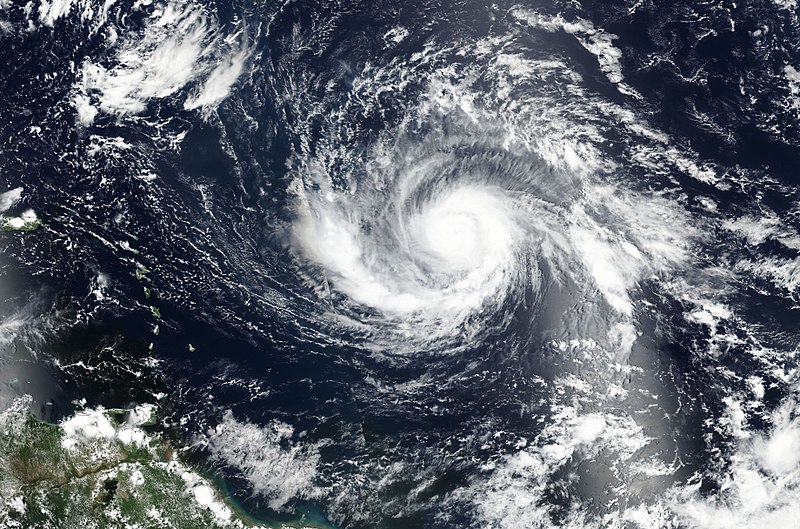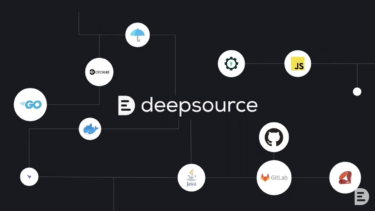In an attempt to band together and overcome pressing issues in the wake of hurricanes Harvey and Irma, residents of the areas ravaged by the storms have turned to their smartphones for help.
According to a new report by AccuWeather, the estimated damage of hurricanes Harvey and Irma is expected to reach $290 billion — amounting to 1.5 percentage points of U.S. gross domestic product.
This year marks the first time in recorded history that the country has been devastated by two Category 4 hurricanes or higher within the same year — leading to disruptions in business, transportation, infrastructure, gas prices, and communication methods.
To address these issues, technology has been playing a critical role in bringing communities together and enabling them to stand strong in the face of these brutal natural disasters.
Zello
Most recently, in the wake of Hurricane Irma, walkie-talkie app Zello has catapulted to the top of app store downloads on Google Play and Apple’s App Store, having gained six million new users in one week.
The app works by connecting people on public channels where they can communicate via WiFi or cellular data with both local and global individuals. For individuals affected by the hurricane, the app has been used as a tool to field and answer pertinent questions regarding the storm, share important updates, and ask for help in the case of emergency.
In an interview with Recode, Bill Morris, CEO of Zello, affirmed, “We’ve seen an explosion in a crisis before so that’s not so surprising.” Moreover, Morris attested that the app has previously experienced surging popularity in the aftermath of Hurricane Harvey, in addition to political and social conflicts such as those seen in Egypt and Venezuela.
GasBuddy
As a result of Hurricane Harvey’s devastation in Texas, many oil refineries were forced to close operations, effectively cutting the supply and spiking the price of gasoline in the Southeast portion of the U.S.
For this reason, many individuals have turned to GasBuddy, an app that compares the prices of gas at various filling stations. The app works by showing drivers the gas stations with the cheapest prices, and is powered by crowdsourced information from its 70 million users. Drivers have the opportunity to report the price of gas at the various stations, in addition to its availability.
While the app’s main focus is not generally on the availability of gasoline, the company activated its gas-outage tracker in anticipation of Harvey, enabling users to report which gas stations still have fuel and power.
Since August 25, when Harvey reached Texas, the app is said to have been downloaded more than 800,000 times — representing more than a six-fold increase over typical usage. Additionally, the app was downloaded over 350,000 times last Thursday alone — in comparison to its average daily download of 30,000.
Waze
Waze is a navigational app that shows real-time traffic data and alternative routes to help users get to their destinations quickly and safely. Like GasBuddy, Waze also uses crowdsourced information from its users to report traffic conditions, road closures, and other navigational issues on the road.
While the typical use of the app is to view and report these navigational issues, the company has also opened a carpool app to help individuals in Texas and Louisiana in need of transportation — in attempt to overcome the loss of more than a million cars due to Harvey.
The service works by allowing drivers to offer available seats in their vehicles to other users that are heading in the same direction. Additionally, individuals can request a ride on the platform, after which they will be matched with a driver who has an open seat.
Waze Carpool has not yet been rolled out in Florida for Hurricane Irma, but according to a company spokesperson, the company is evaluating whether it will be necessary or possible moving forward.
Snapchat
Earlier this year, Snapchat announced its new feature, Snap Map — a location-sharing service that allows users to find their friends based on their current location. The feature gives users the option of sharing their location with all of their friends, a select few, or no one at all.
In the aftermath of both hurricanes Harvey and Irma, the feature has proven to be a valuable tool in locating friends and family, as well as keeping up to date with the conditions of the storm in each of the affected areas.
In addition to locating friends and family, the Snap Map feature enables users to post public “stories” that show the conditions of the storm in a given area through pictures and videos. This has helped individuals in impacted areas stay up to date regarding developments in the storm and preventatively review the risk level of areas where they may be going.
According to The Washington Post, Snapchat saw nearly 300,000 picture and video submissions to a public stream devoted to Harvey over the coast of 86 hours as the hurricane approached Texas. So far, the tool has served a similar role in Florida for Hurricane Irma.
Others
In addition to the examples above, other technologies have played a fundamental role in aiding individuals affected by the storms. Facebook, for example, activated its Safety Check feature for individuals in the both of the storms’ paths — allowing individuals to mark themselves as “safe” and share that information with their networks.
Additionally, Google has been working with the state of Florida to mark closed roads within its Google Maps application, with the intent of making it easier for evacuees to reach safety.
Conclusion
Tragedies of all kinds are often a catalyst for unity — a fact that is proven by these two most recent natural disasters.
While this unity generally shows in the aftermath of the tragedy, though, these two most recent examples are unique in that technology has helped the individuals to collaborate and unify before, during, and after the damage was done.
As these examples demonstrate, staying connected — particularly in dire situations such as these — can play a crucial role in staying safe and helping others within the community.
Moreover, in situations that would generally call for a fight-or-flight response, it is good to see people within communities joining forces via technology to stay and fight together.












